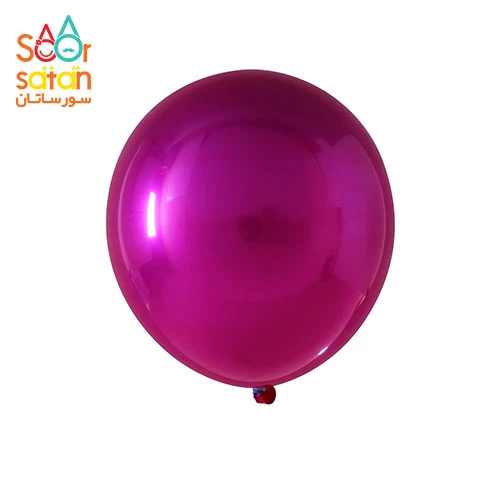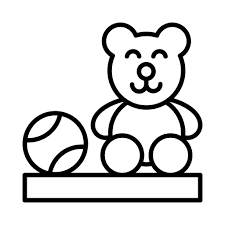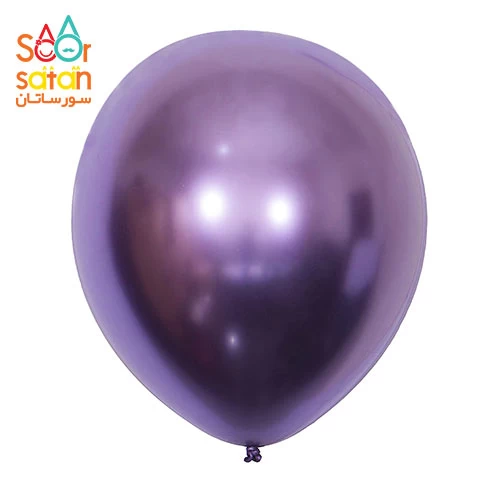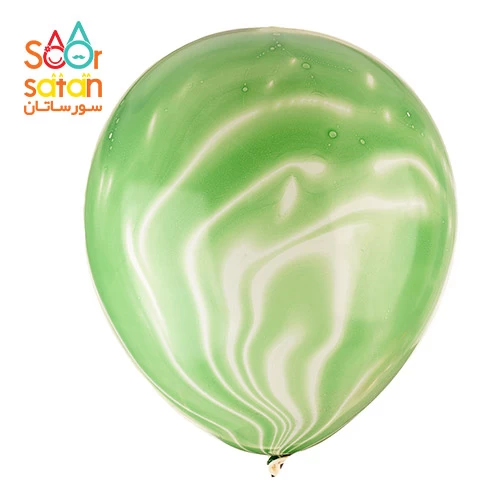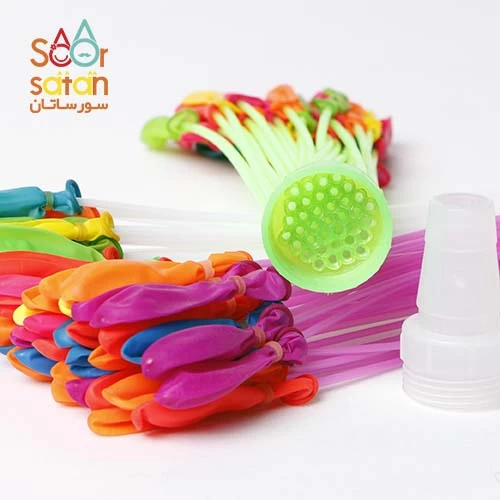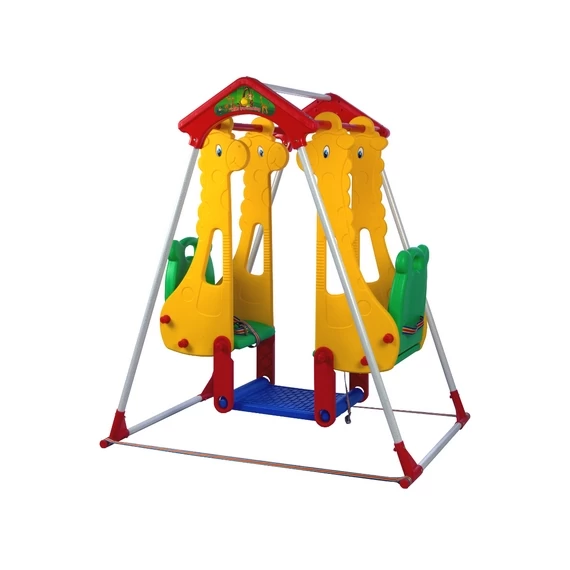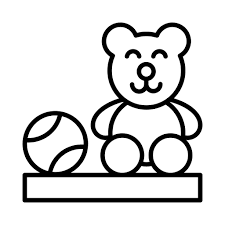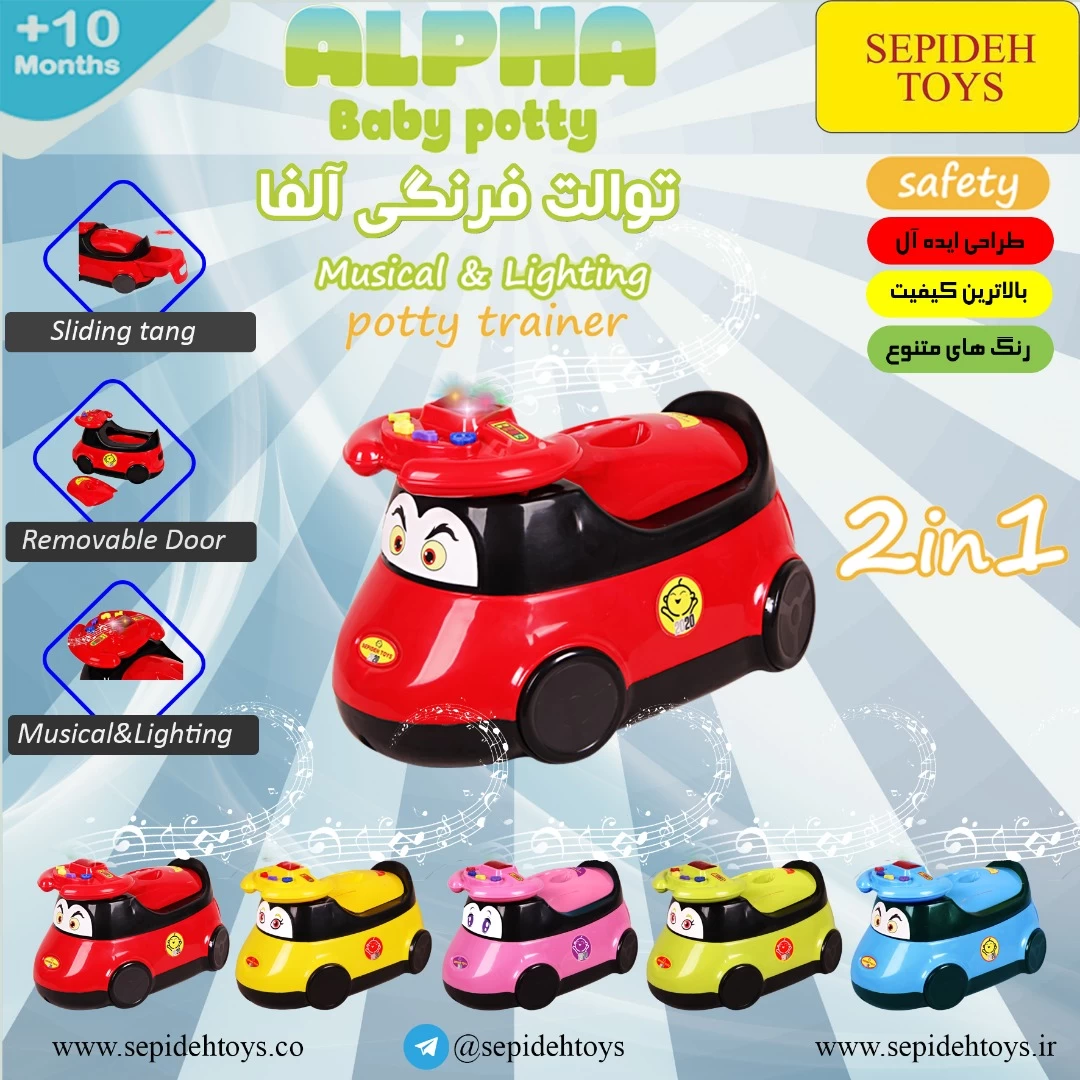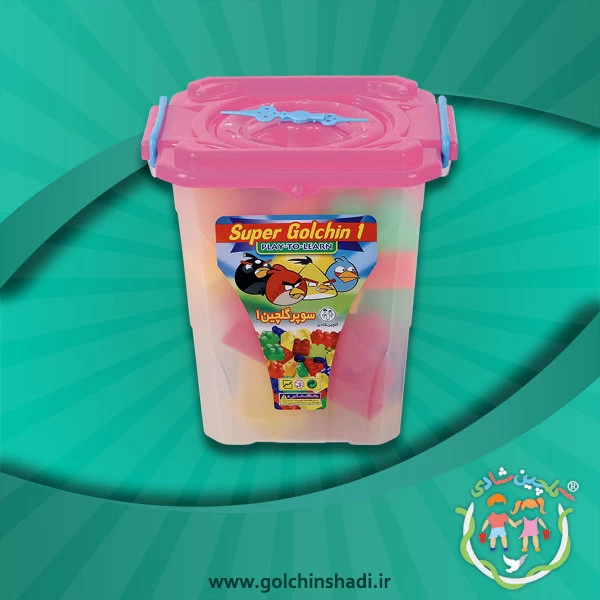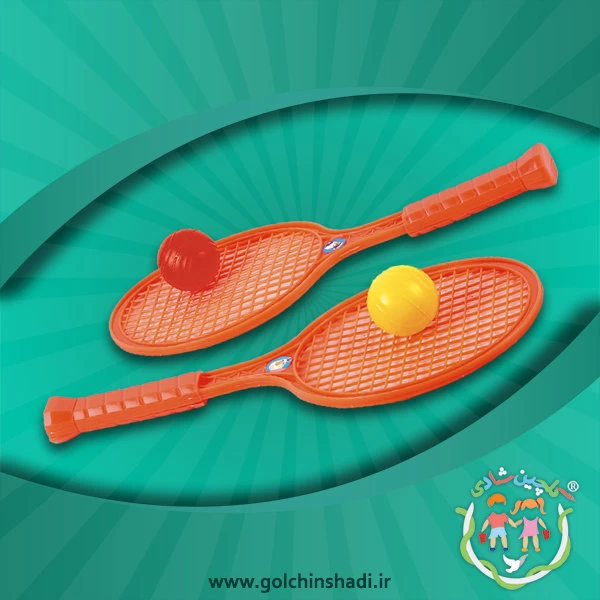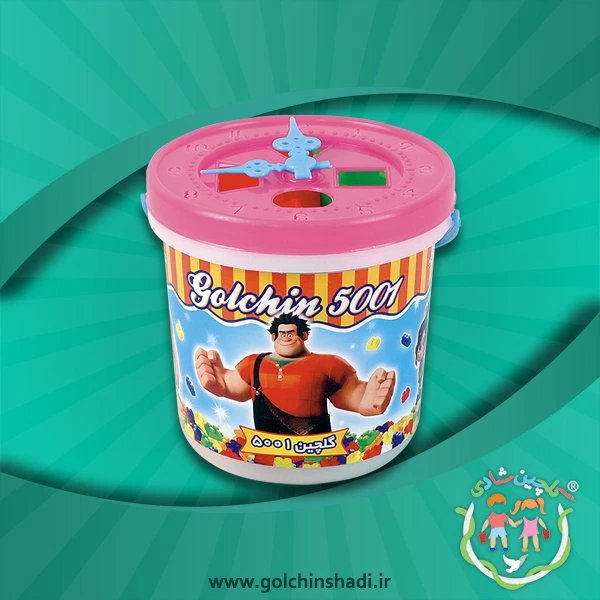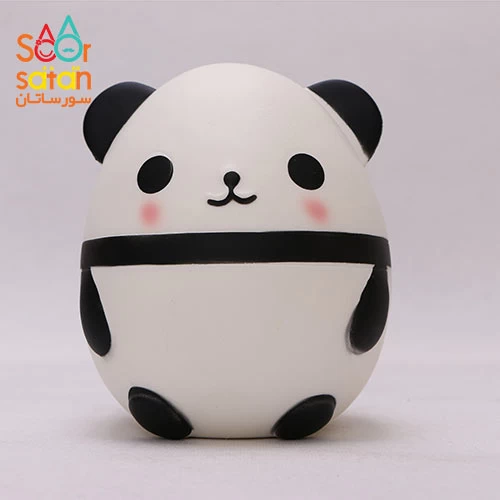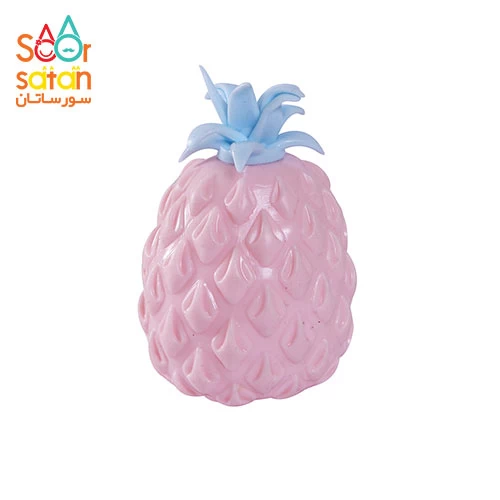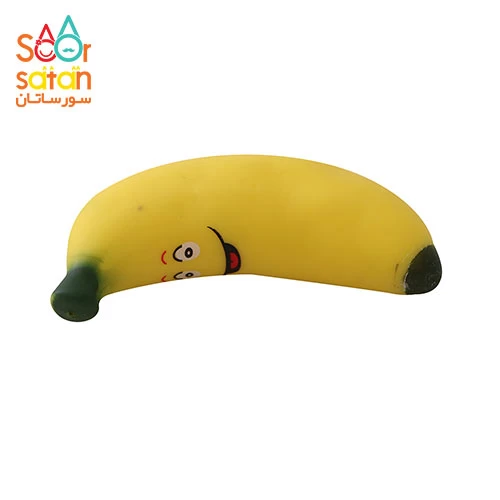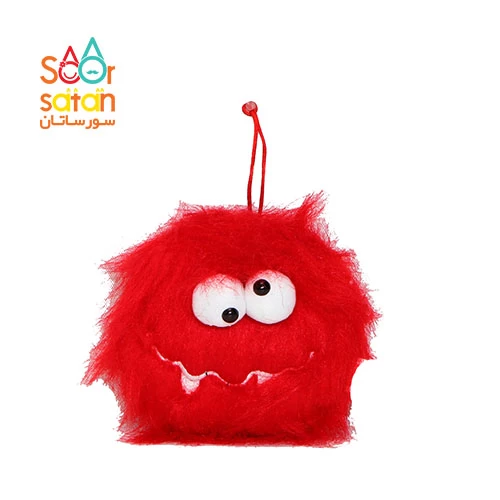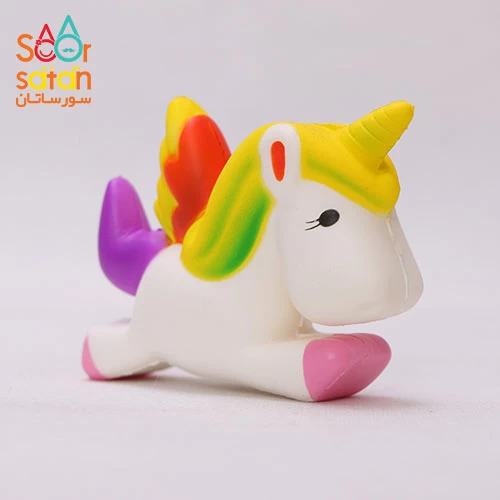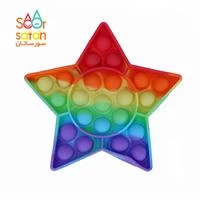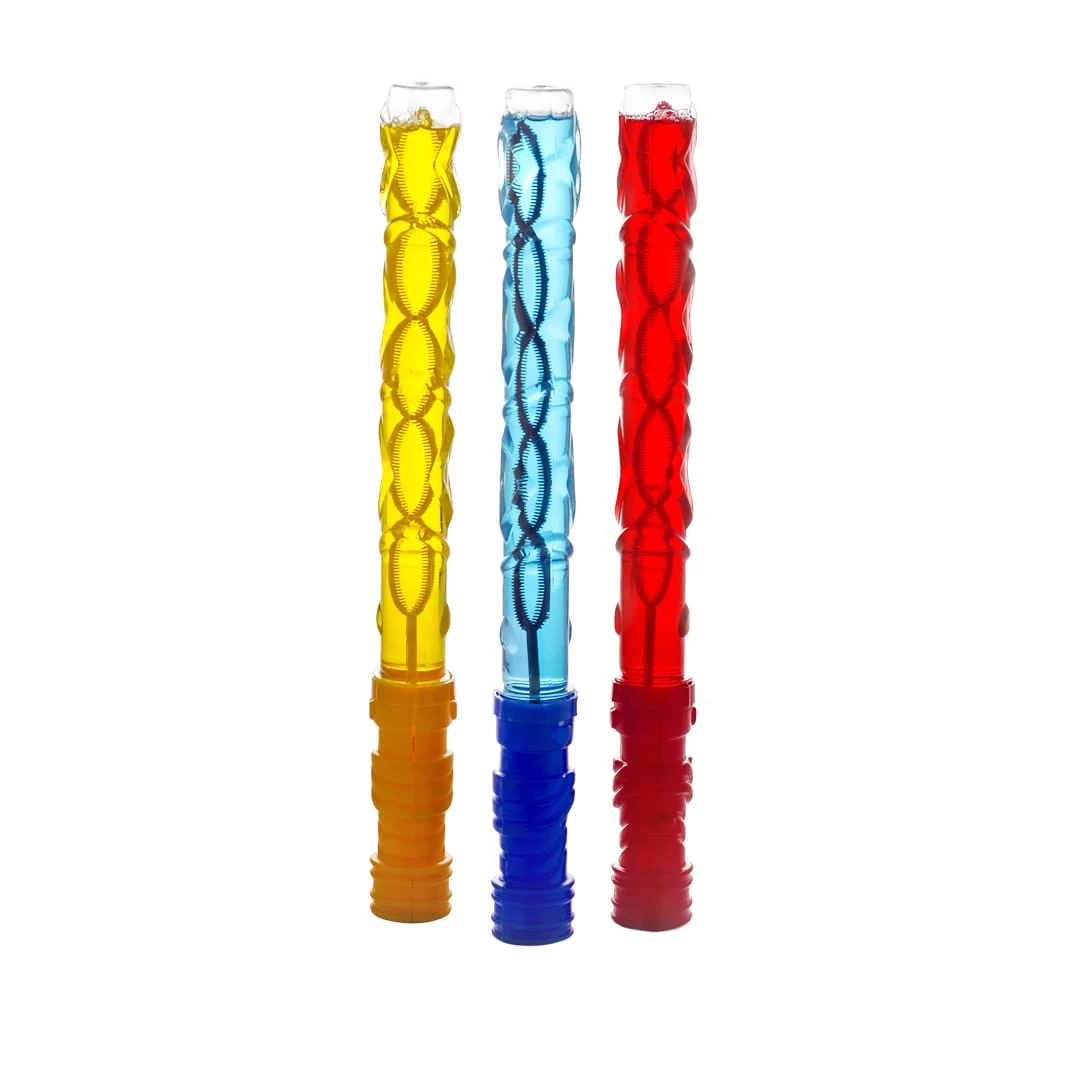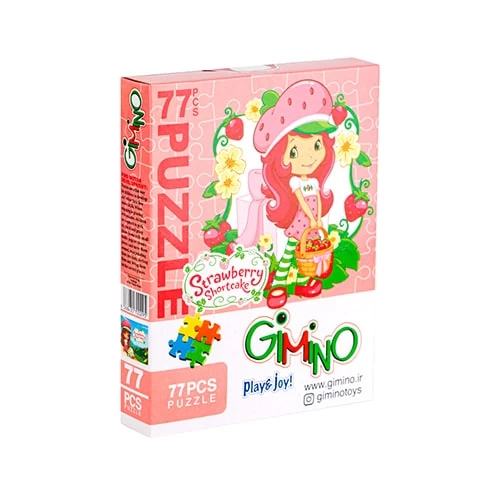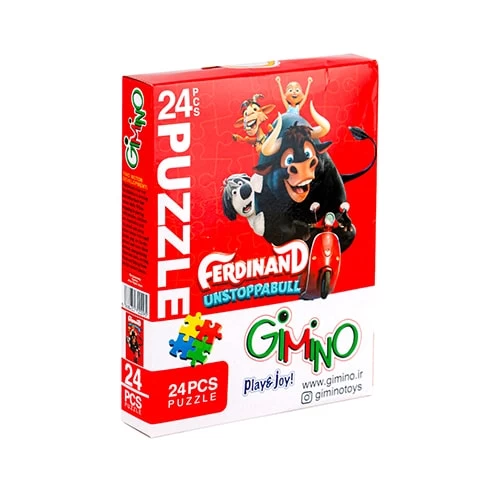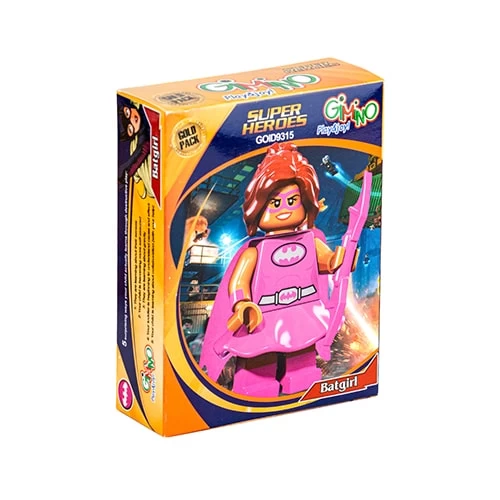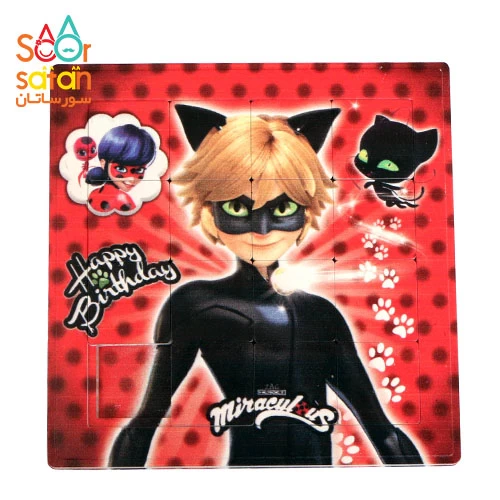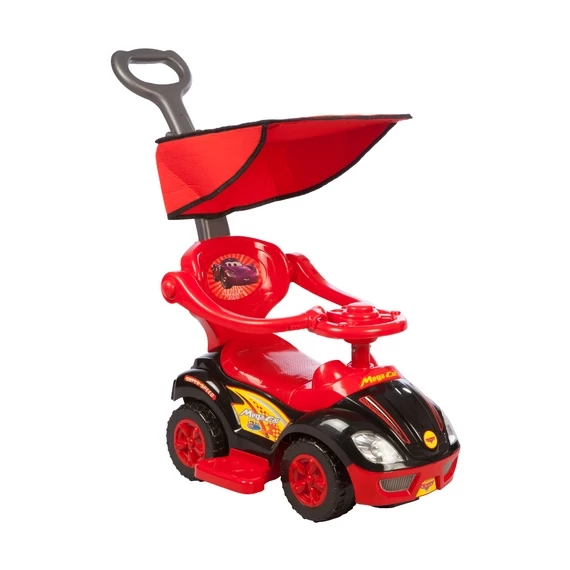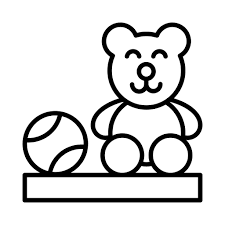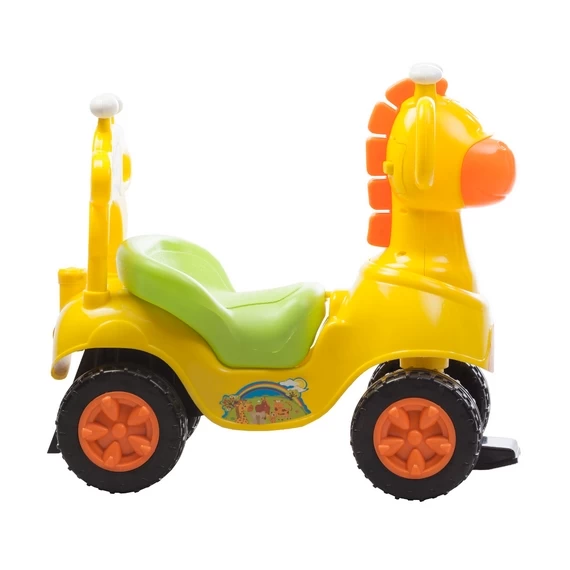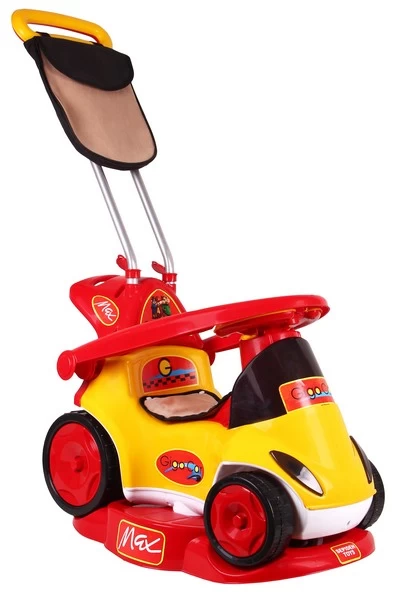Toys & Hobbies
Toys:
Toys are objects designed for play and enjoyment, often associated with children but also enjoyed by people of all ages. They can range from simple items like dolls, action figures, and building blocks to more complex electronic or interactive toys. Toys contribute to childhood development by fostering imagination, creativity, and social skills.
Hobbies:
Hobbies are activities or interests that individuals engage in for pleasure and relaxation during their leisure time. Hobbies can encompass a wide range of pursuits, including collecting, crafting, sports, gardening, reading, or any other activity done for personal enjoyment rather than as a primary occupation. Hobbies provide a sense of fulfillment, stress relief, and an avenue for personal expression.
Children's toys are objects specifically designed and created for play and entertainment by children. These toys serve various purposes, including fostering creativity, supporting cognitive development, and providing enjoyment. Here are some common types of children's toys:
1. Educational Toys: Designed to promote learning, these toys often focus on developing skills like counting, reading, problem-solving, and more.
2. Building Blocks and Construction Sets: Toys that allow children to create and build structures, enhancing spatial awareness and fine motor skills.
3. Dolls and Action Figures: Toys that represent characters or figures, encouraging imaginative play and storytelling.
4. Board Games: Games that involve rules and strategy, promoting social interaction, critical thinking, and teamwork.
5. Puzzles: Toys that challenge children to solve problems by fitting pieces together, enhancing cognitive skills.
6. Stuffed Animals and Plush Toys: Soft, cuddly toys that often provide comfort and companionship.
7. Art and Craft Supplies: Items like coloring books, crayons, paints, and craft kits that encourage artistic expression.
8. Musical Instruments: Simple instruments designed for children, fostering an early appreciation for music and rhythm.
9. Outdoor Toys: Items like bicycles, balls, and jump ropes that encourage physical activity and outdoor play.
10. Electronic and Interactive Toys: Toys incorporating technology, such as interactive tablets, educational apps, and robotic toys.

When selecting toys for children, it's important to consider age appropriateness, safety features, and their potential educational benefits. Toys play a significant role in a child's development, providing opportunities for exploration, creativity, and social interaction.
Electrical toys are toys that incorporate electronic components or electrical features to enhance play and interactivity. These toys often include mechanisms such as lights, sounds, movement, or even digital displays. Here are some examples of electrical toys:
1. Electronic Learning Toys: Devices that use electronic components to teach children various educational concepts, such as letters, numbers, and language skills.
2. Remote-Controlled Toys: Toys, like cars or helicopters, that can be operated remotely using radio frequency or infrared signals.
3. Interactive Plush Toys: Stuffed animals or dolls with electronic features that respond to touch or sound, creating an interactive and engaging experience.
4. Electronic Games: Handheld electronic games or gaming consoles designed for children, often incorporating educational or entertaining content.
5. Musical Instruments: Electronic keyboards, synthesizers, or drum sets designed for children with built-in sound effects and features.
6. Robotic Toys: Toys that have basic robotic functionalities, such as moving limbs, making sounds, or responding to stimuli.
7. Talking Toys: Dolls or action figures that can speak phrases or respond to specific cues.
8. Digital Art and Drawing Tablets: Electronic devices that allow children to create digital art, enhancing their artistic skills.
While electrical toys can offer entertaining and educational benefits, it's essential for parents and caregivers to consider factors like safety, age appropriateness, and the potential for healthy play when choosing such toys for children.
Educational toys are designed to facilitate learning and skill development in children while engaging them in play. These toys aim to promote cognitive, physical, social, and emotional development. Here are some examples of educational toys:
1. Building Blocks: These toys enhance spatial awareness, creativity, and fine motor skills as children construct various structures.
2. Puzzles: Puzzles encourage problem-solving, pattern recognition, and cognitive skills as children fit pieces together to form a complete picture.
3. Educational Board Games: Games with educational themes that teach concepts such as math, language, or geography while promoting social interaction.
4. Art and Craft Supplies: Materials like crayons, markers, and craft kits that foster creativity, fine motor skills, and self-expression.
5. Educational Software and Apps: Interactive programs on tablets or computers that teach subjects like mathematics, language, and science through engaging activities.
6. Science Kits: Kits that include experiments and hands-on activities, promoting an interest in science and critical thinking.
7. Language Learning Toys: Toys that help children learn and practice language skills, such as alphabet toys, language cards, or interactive books.
8. Math Manipulatives: Physical objects like counting bears, shapes, or number cubes that aid in teaching mathematical concepts through hands-on activities.
9. Musical Instruments: Instruments designed for children that introduce them to basic musical concepts and enhance auditory skills.
10. Interactive Globes or Maps: Toys that teach geography and world knowledge through interactive features like touch-sensitive maps or globes.
_1710784673.jpg)
Educational toys contribute to a child's holistic development by making learning enjoyable and reinforcing fundamental skills. When selecting educational toys, it's important to consider the child's age, interests, and the specific skills or concepts targeted by the toy.
Puzzle games are a genre of games that challenge players' problem-solving skills, critical thinking, and creativity. These games often involve manipulating shapes, patterns, or objects to reach a specific goal or solve a particular problem. Puzzle games can come in various formats, including video games, board games, and physical puzzles. Here are some common characteristics of puzzle games:
1. Logical Challenges: Puzzle games typically present players with logical challenges that require strategic thinking and planning.
2. Problem-Solving: Players need to analyze the given scenario, understand the rules or constraints, and find a solution to progress in the game.
3. Pattern Recognition: Many puzzle games involve recognizing and understanding patterns to make informed decisions.
4. Spatial Awareness: Manipulating objects in a confined space or understanding spatial relationships is often a key element in puzzle-solving.
5. Progressive Difficulty: Puzzle games often have a gradual increase in difficulty, introducing new mechanics or challenges as players advance through levels.
6. Variety of Formats: Puzzle games can be found in various formats, including digital platforms (video games), physical games (jigsaw puzzles), and interactive experiences.
7. Creative Thinking: Some puzzle games encourage players to think creatively, exploring unconventional solutions to overcome challenges.
Examples of puzzle games include Sudoku, crosswords, jigsaw puzzles, Tetris, and video games like Portal, Monument Valley, or Candy Crush. The appeal of puzzle games lies in their ability to engage players' minds, providing a satisfying sense of accomplishment when a challenging puzzle is successfully solved.
Toys are objects designed for play and enjoyment, often associated with children but also enjoyed by people of all ages. They can range from simple items like dolls, action figures, and building blocks to more complex electronic or interactive toys. Toys contribute to childhood development by fostering imagination, creativity, and social skills.
Hobbies are activities or interests that individuals engage in for pleasure and relaxation during their leisure time. Hobbies can encompass a wide range of pursuits, including collecting, crafting, sports, gardening, reading, or any other activity done for personal enjoyment rather than as a primary occupation. Hobbies provide a sense of fulfillment, stress relief, and an avenue for personal expression.

Electrical toys are toys that incorporate electronic components or electrical features to enhance play and interactivity. These toys often include mechanisms such as lights, sounds, movement, or even digital displays. Here are some examples of electrical toys:
Educational toys are designed to facilitate learning and skill development in children while engaging them in play. These toys aim to promote cognitive, physical, social, and emotional development. Here are some examples of educational toys:
_1710784673.jpg)
Puzzle games are a genre of games that challenge players' problem-solving skills, critical thinking, and creativity. These games often involve manipulating shapes, patterns, or objects to reach a specific goal or solve a particular problem. Puzzle games can come in various formats, including video games, board games, and physical puzzles. Here are some common characteristics of puzzle games:
FAQs
What are the effects of toys on children's development?
Toys contribute to childhood development by fostering imagination, creativity, and social skills.
What are the effects of Hobbies on the body?
Hobbies provide a sense of fulfillment, stress relief, and an avenue for personal expression.
What are educational toys?
Designed to promote learning, these toys often focus on developing skills like counting, reading, problem-solving, and more.
What should we consider when choosing toys for children?
When selecting toys for children, it's important to consider age appropriateness, safety features, and their potential educational benefits
 +7929688-88-14
+7929688-88-14

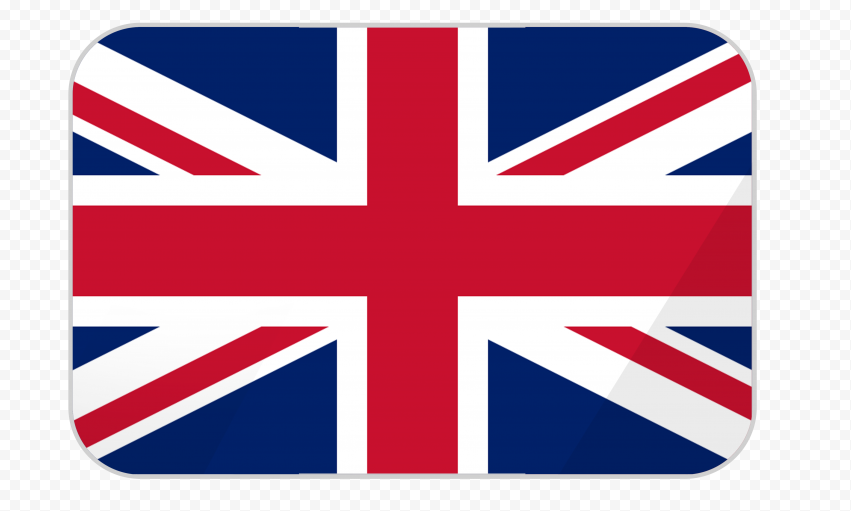 English
English
 Persian
Persian
 Russian
Russian
 Chinese
Chinese


 +7929688-88-14
+7929688-88-14

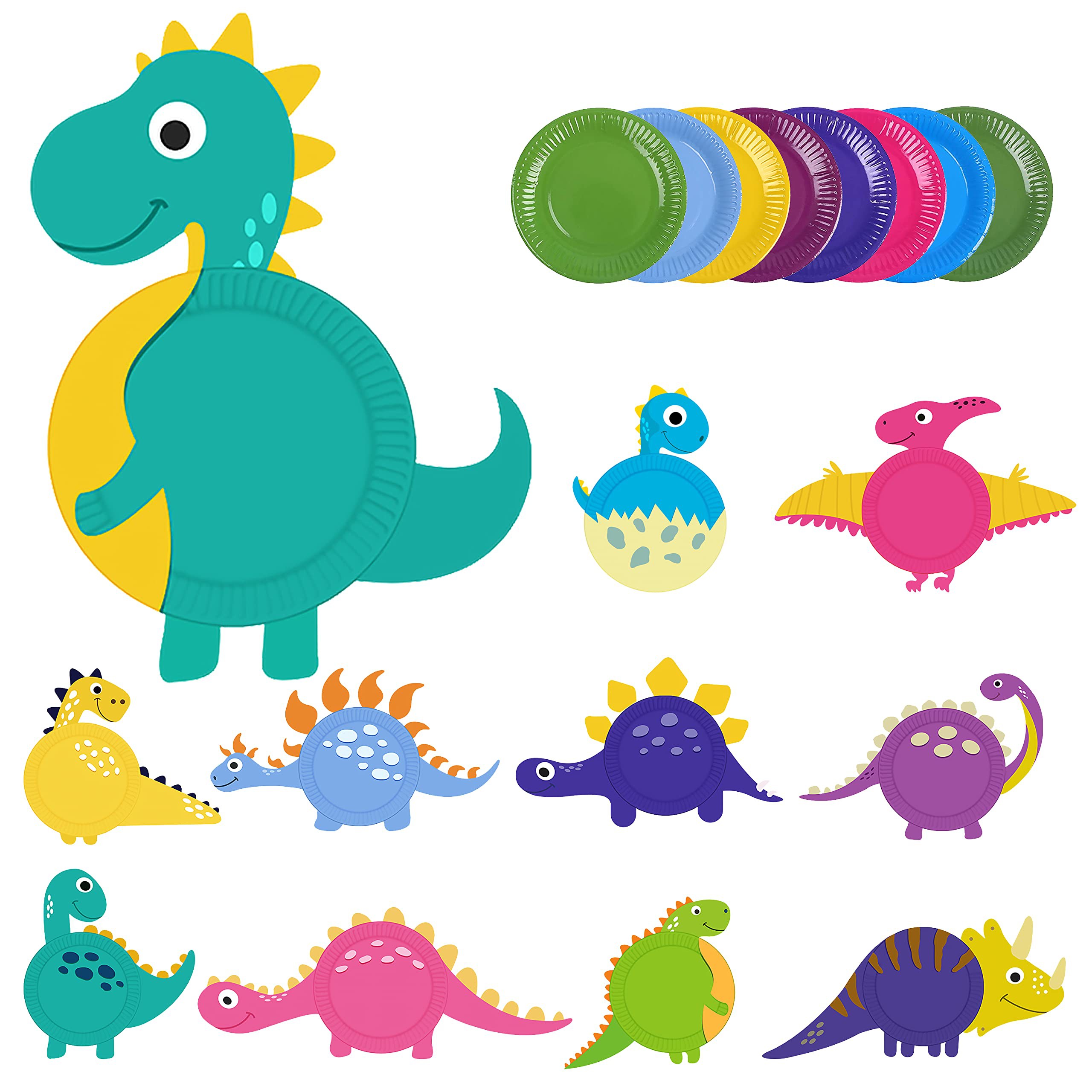

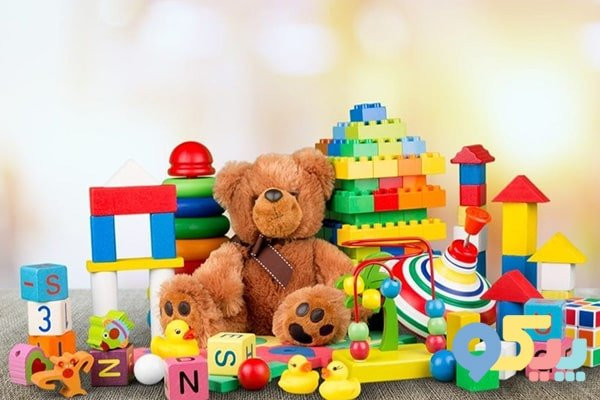
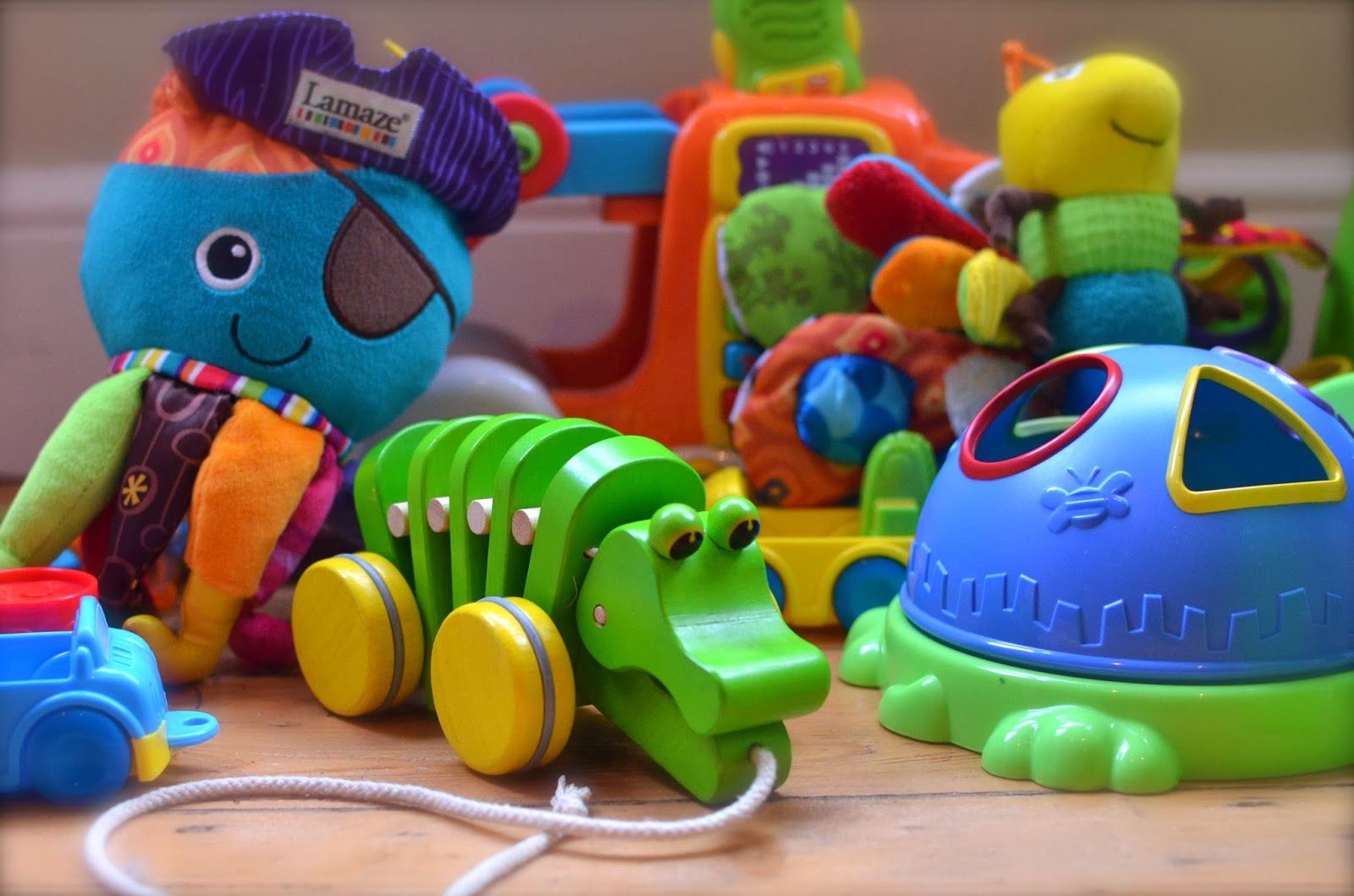
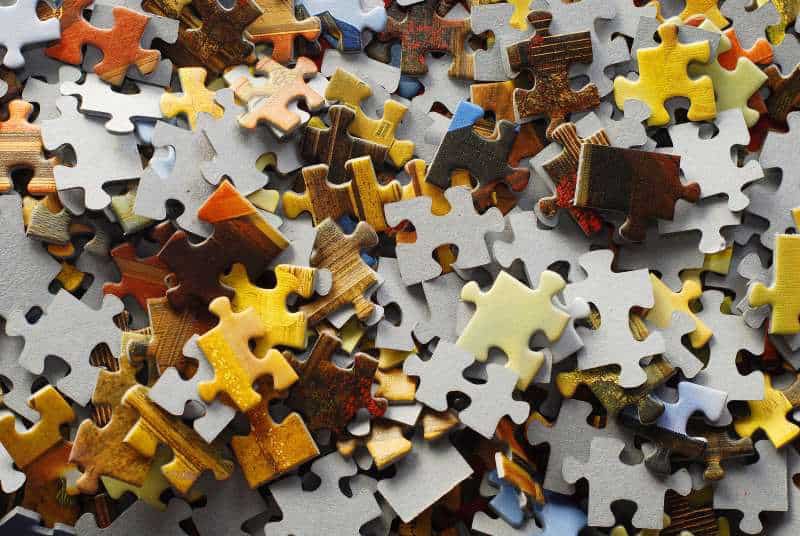
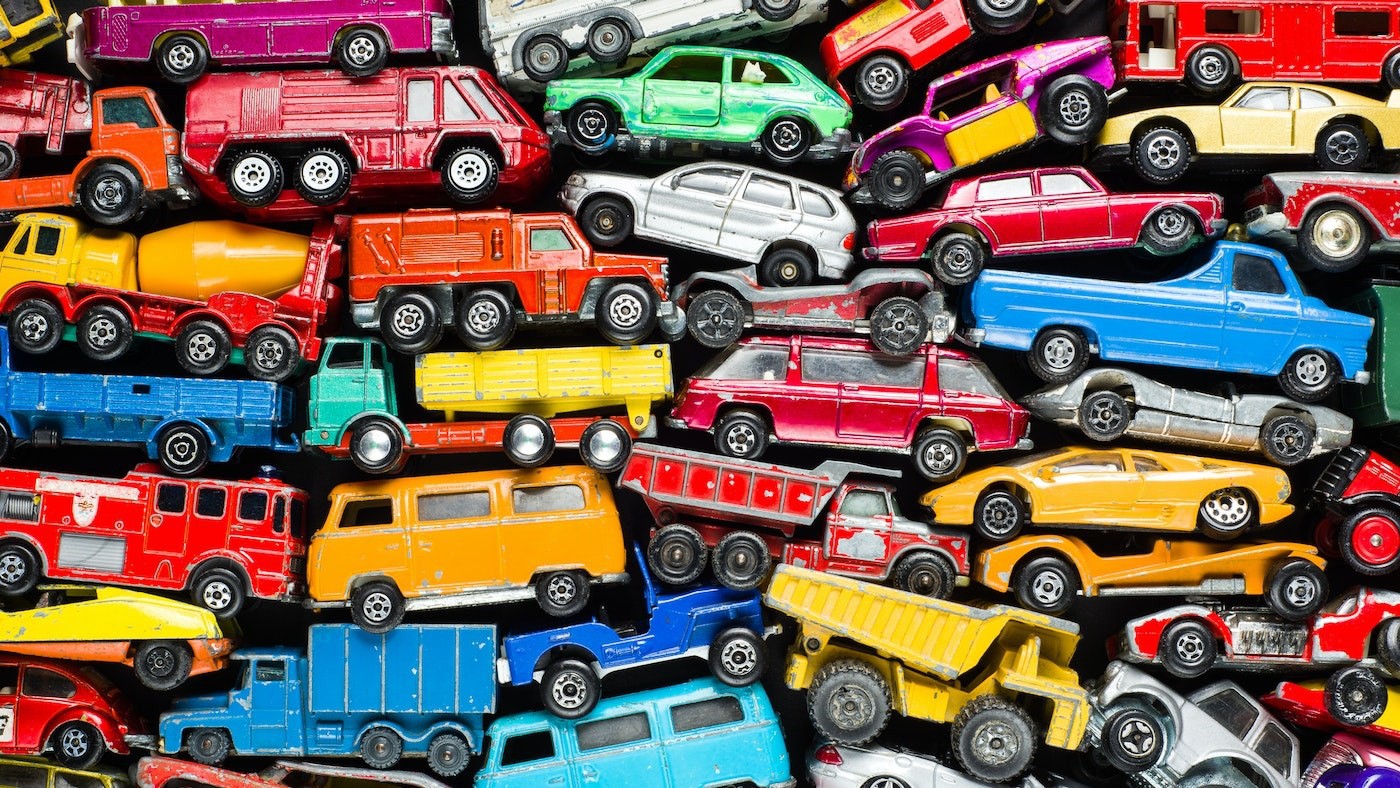

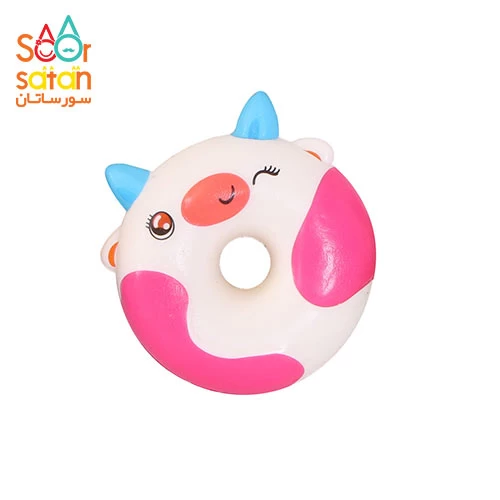
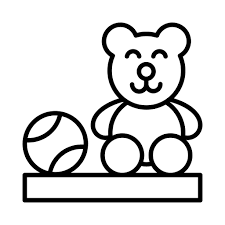
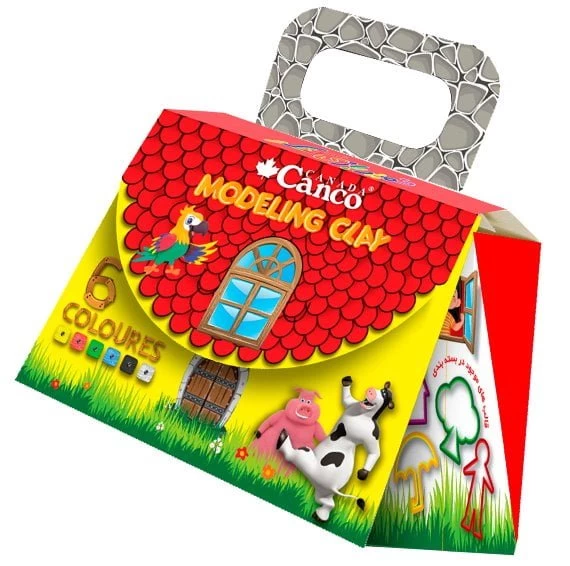
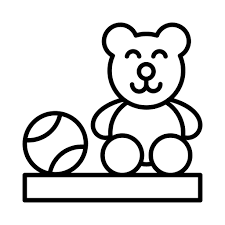
.webp)
.webp)
